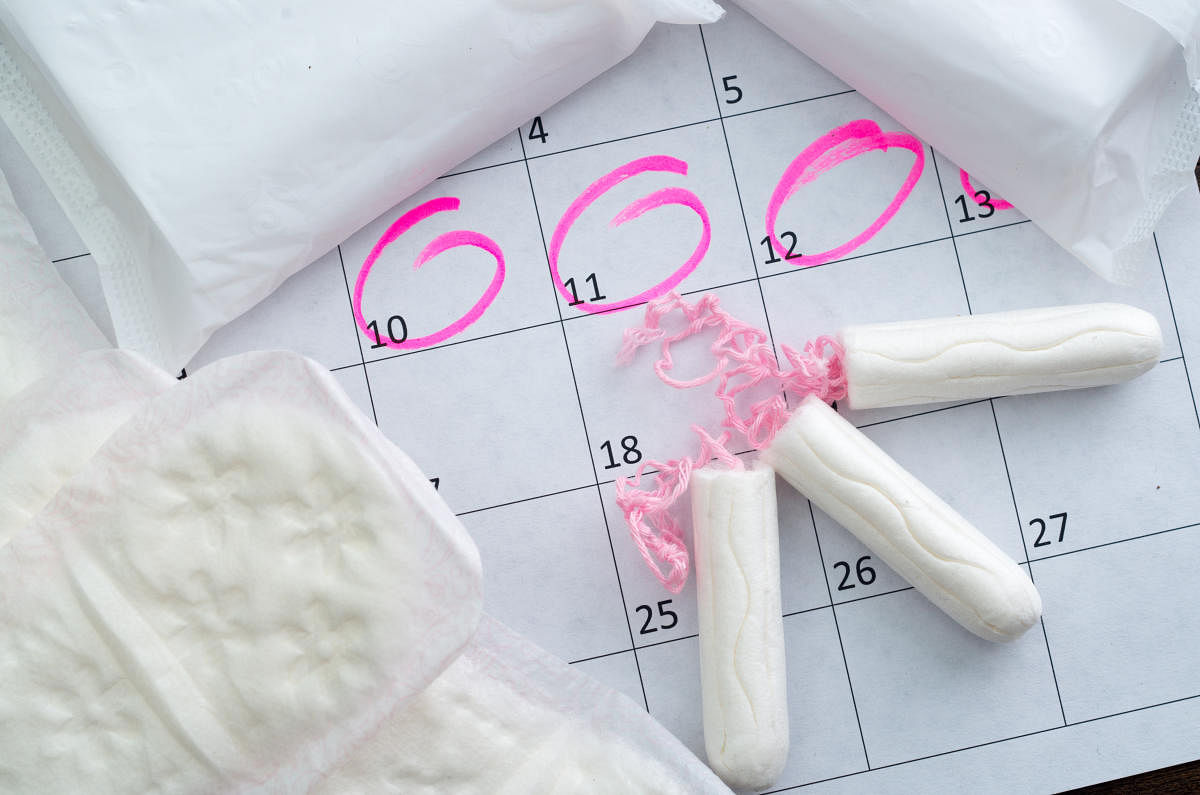
Of the 58,64,69,294 female heads in the country, almost 39,70, 18,915 are eligible to cast their votes and around 65.50% can read and write. These statistics point towards a progressive India that has created propitious conditions for its women to grow.
However, in the 2015 UNDP’s Human Development Report, India ranked 130 out of 155 countries in the Gender Inequality Index (GII), losing the position to much underdeveloped Asian countries such as Bangladesh and Pakistan which ranked 111 and 121, in that order.
While sacrificing mothers remain an archetype in the minds of the average Indian, neglected women’s health has become one of the biggest reasons for concern for health policy watchers.
A report on menstrual health in the country aided by the Bill and Melinda Gates Foundation has confirmed that around 71% of female adolescents in the country have no first-hand information on menstruation before their menarche. Another study on the repercussions of menarche among schoolgirls in Jaipur showed that 25% of them were dominated by shock and 30% were scared of the situation. While 69% were anxious, 22% felt guilty for menstruating.
Girls seek motherly guidance for information and support, but over 70% of mothers consider menstruation “dirty” which only adds to their agony.
Over 70% girls in urban areas and 53% girls in the rural areas considered menstruation as a normal phenomenon. About 23% had the awareness that the uterus is the source of the bleeding. Inadequate education on menstruation pre-menarche is the greatest obstacle to awareness.
One of the constant struggles of being a woman in India is fighting the taboos and superstitions associated with menstruation. Women are considered “impure” during their period and subjected to social, religious and cultural restrictions. Although restrictions vary depending on the cultural and religious background, as we explore the interiors, these restrictions include denying women participation in religious, social, and cultural activities, to the extent of severely traumatising experiences and practices, such as living separately as an outcast during the menstruation days.
However, science negates the notion of “impurity. Menstruation is clearly identified as an essential biological process when the body on missing a chance of pregnancy results in bleeding from the endometrial vessels and is followed by grounding of the next menstruation cycle.
Girls are typically absent for 20% of the total school year because of menstruation. Over 23% of adolescent females drop out after menarche. In case they continue schooling, official five days off every month is mandatory during the period for most.
“Taxable” health
There are over 35.5 crore menstruating women and girls in India and only 12% of them have access to menstruation hygiene commodities like sanitary pads and tampons. Almost 88% of women and girls use homemade alternatives, such as an old cloth, rags, hay, sand, or ash.
It is estimated that over 70% of women say their family cannot afford to buy sanitary pads. The government needs to be sensitised to include policy making which introduces tax-free sanitary napkins in the country.
Poor sanitation has worsened the situation. Over 72% of rural people attend to nature’s call behind bushes, in fields, or by roadsides, and many women are forced to use public spaces to openly defecate and manage their menstrual needs. In addition to the impact on their health and dignity, women in communities face an increased threat of sexual harassment, rape, and other forms of violence.
Poor menstruation hygiene is claiming thousands of lives every year. Young women and adolescents are becoming more susceptible to UTI, cancer and other infection due to poor sanitation and cleaning practice during menstruation.
Access to hygienic clothes or disposable sanitary pads, facilities to hygienically dispose off used clothes and pads, an adaptation of existing water, sanitation and hygiene services and renouncing troglodytic cultural practices will ensure a dignified health.
In the Gramin Health Care experience, it has been our concentrated effort in reaching out to the rural women population, including adolescent girls, to create awareness on menstrual hygiene and health. A few major challenges included breaking their stigma, gaining their confidence, changing age-old behavioural and belief patterns, and lack of female nurses. Through our repeated endeavours at the ground level, we have been partially successful in tackling the first three challenges.
For the last challenge, we today have 100 plus workforce of female nurses who along with local midwives have been able to strike a chord with the women in rural areas. The challenges are tough and only in due course of time, with sustained efforts, can the situation concerning menstrual health be transformed.
(The writer is founder, Gramin Health Care)